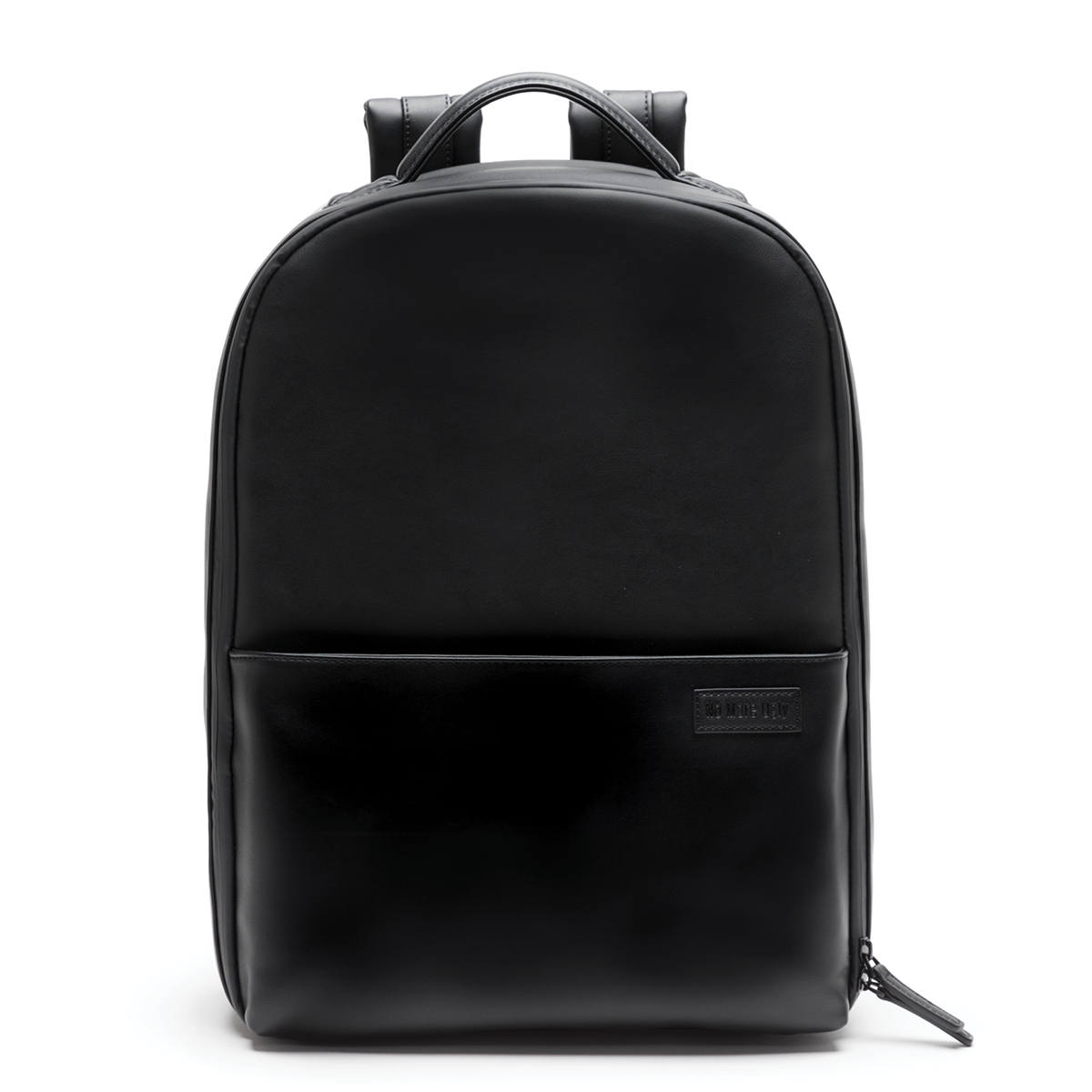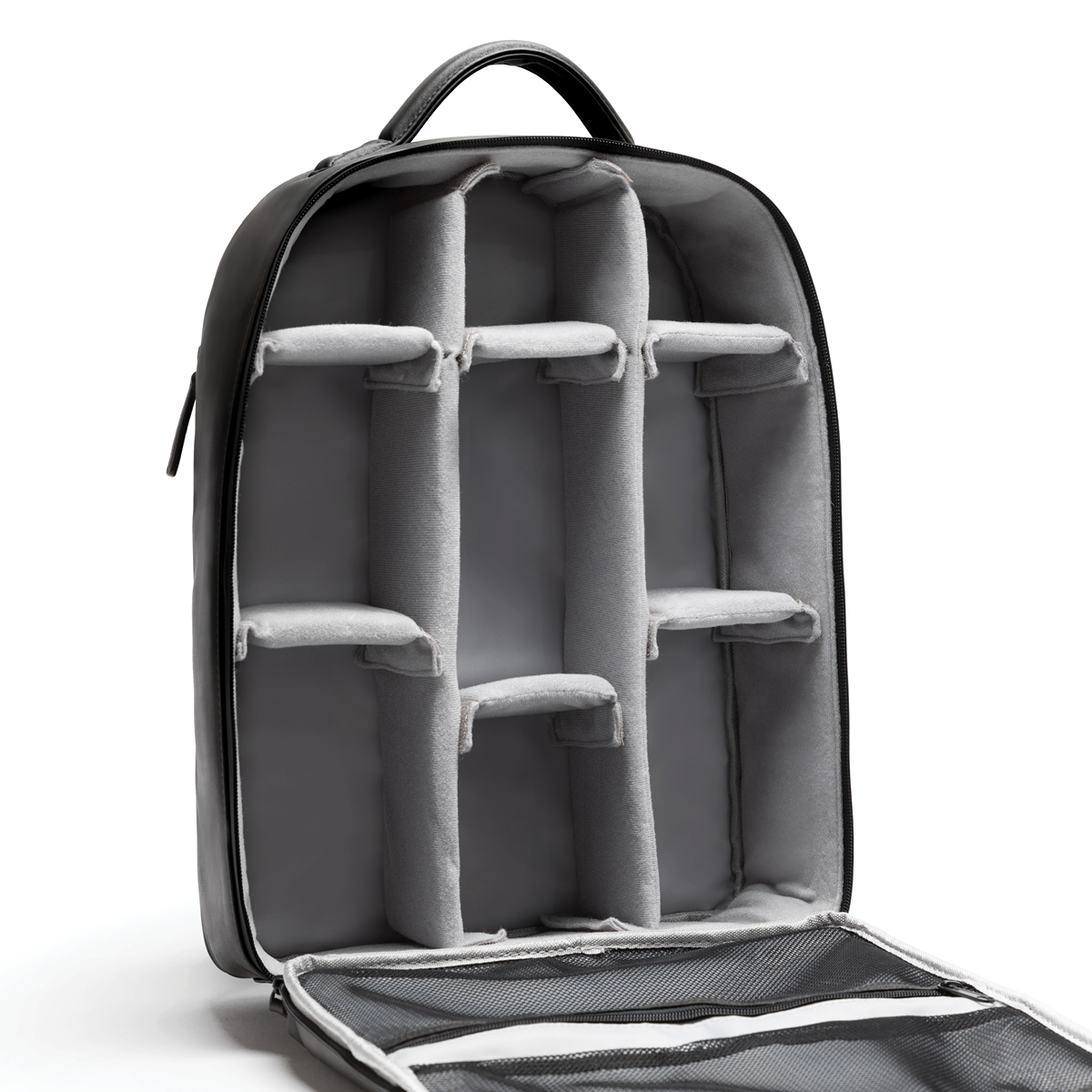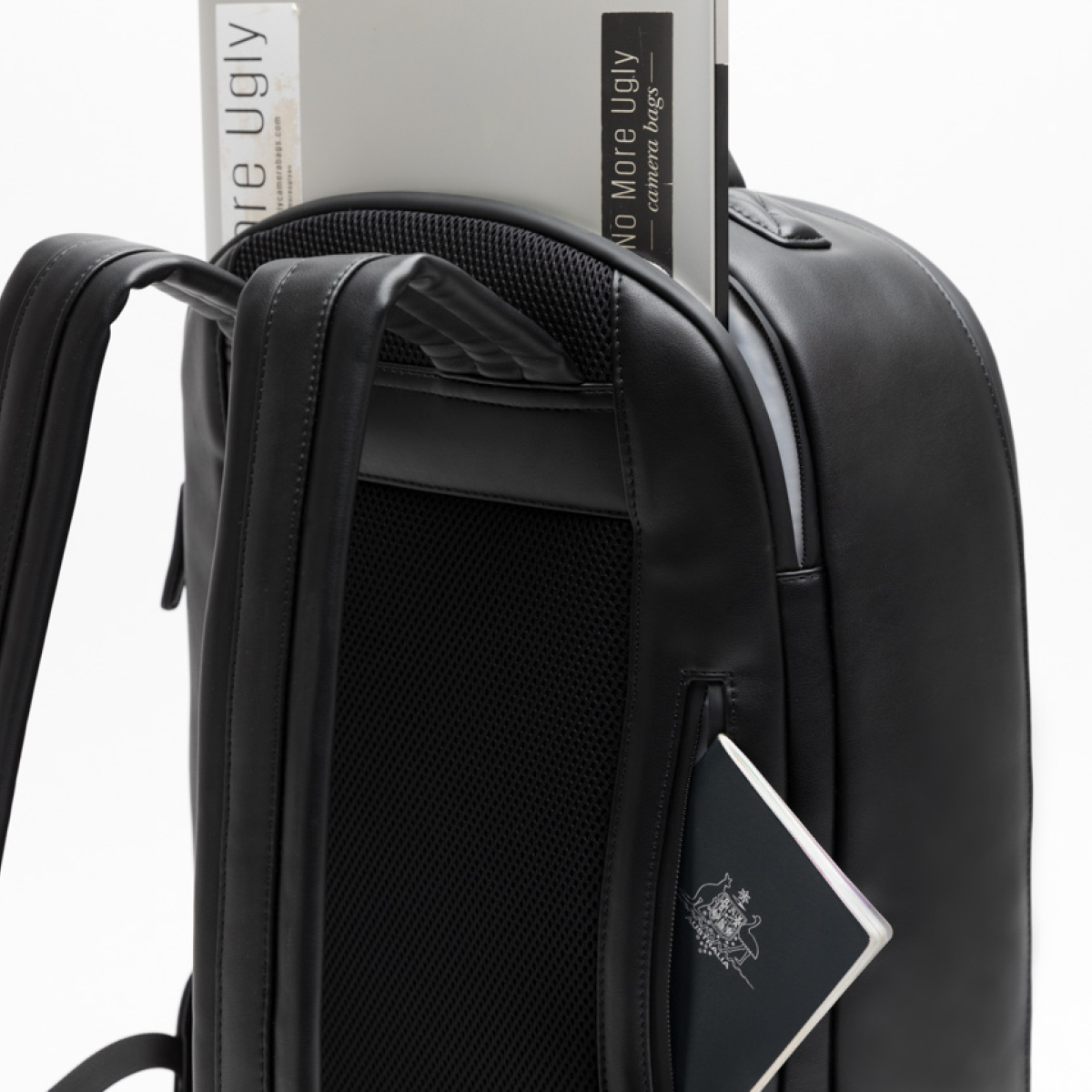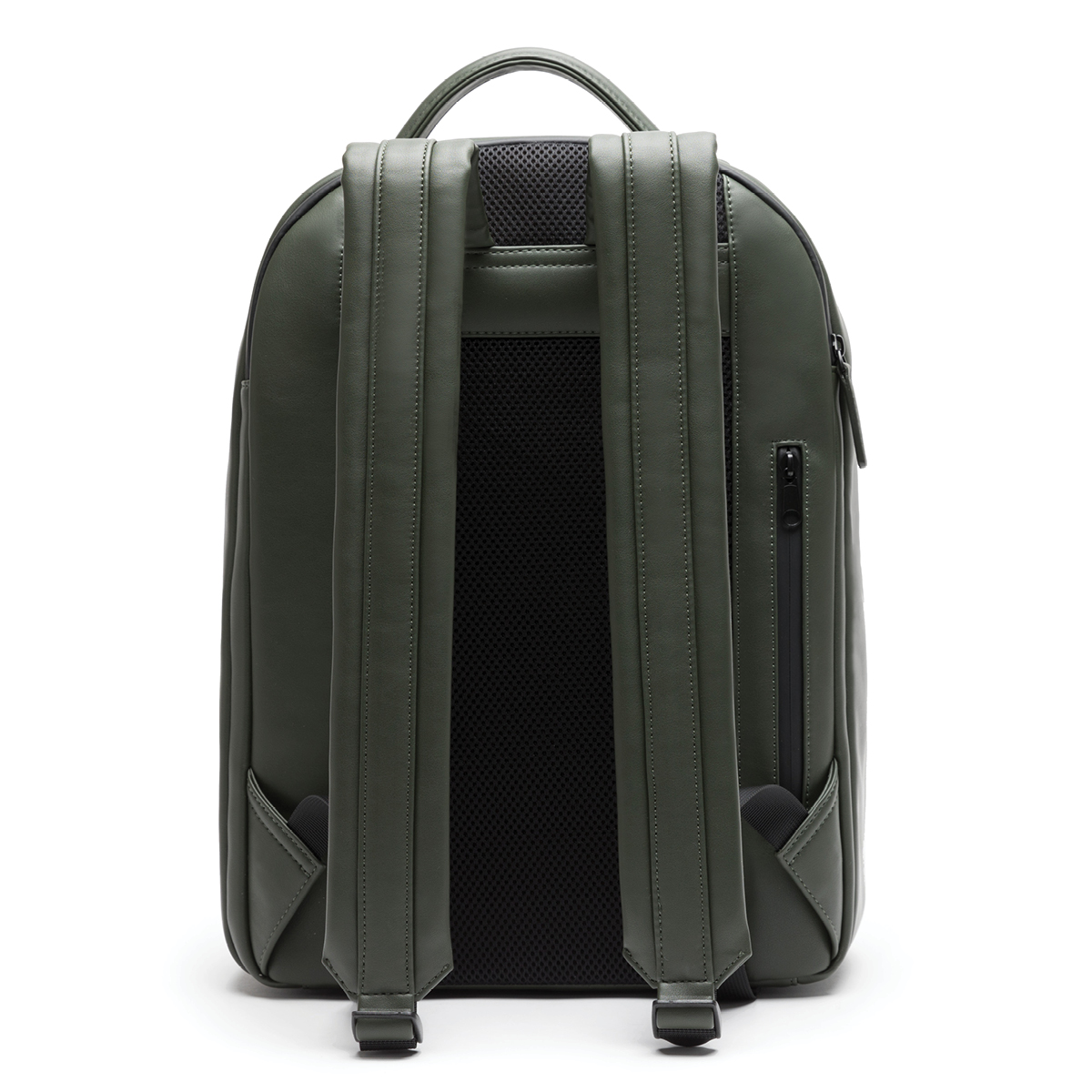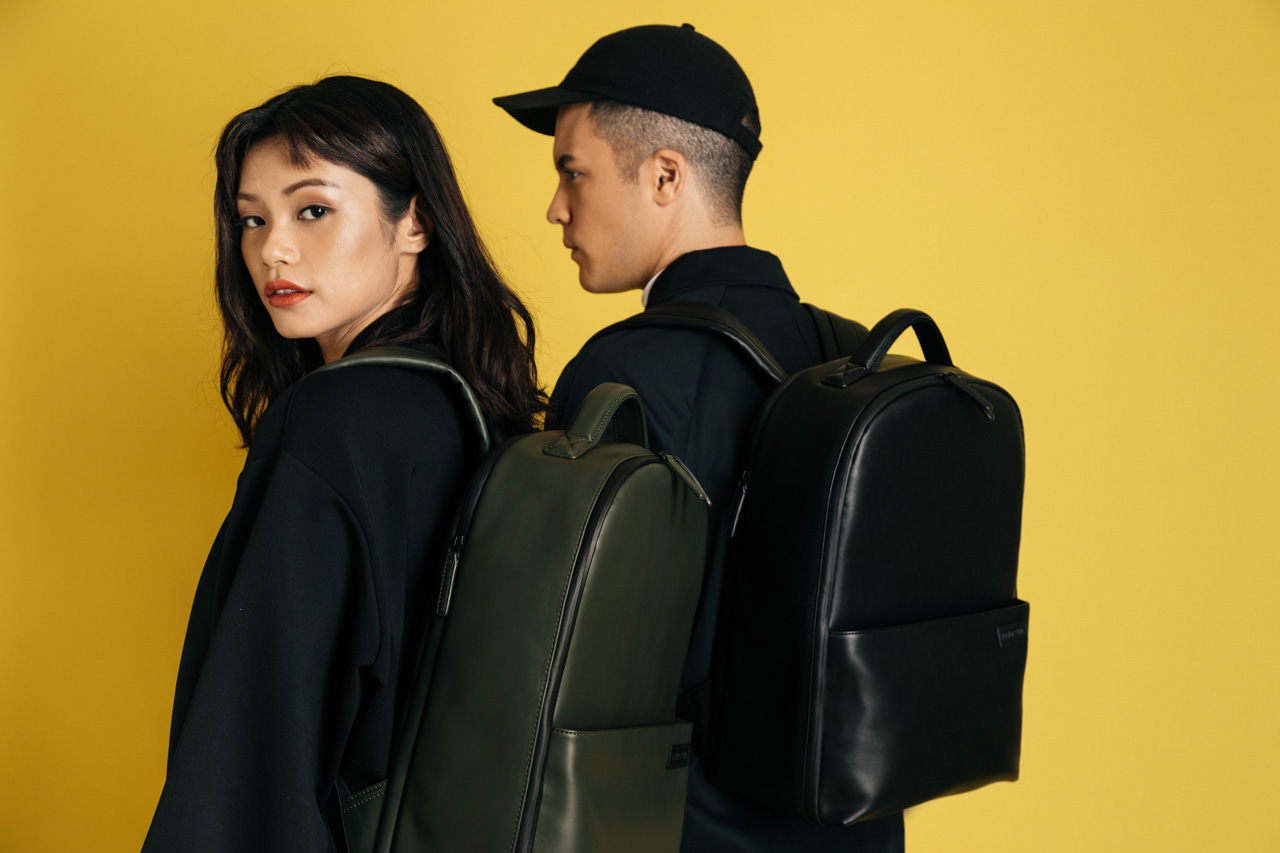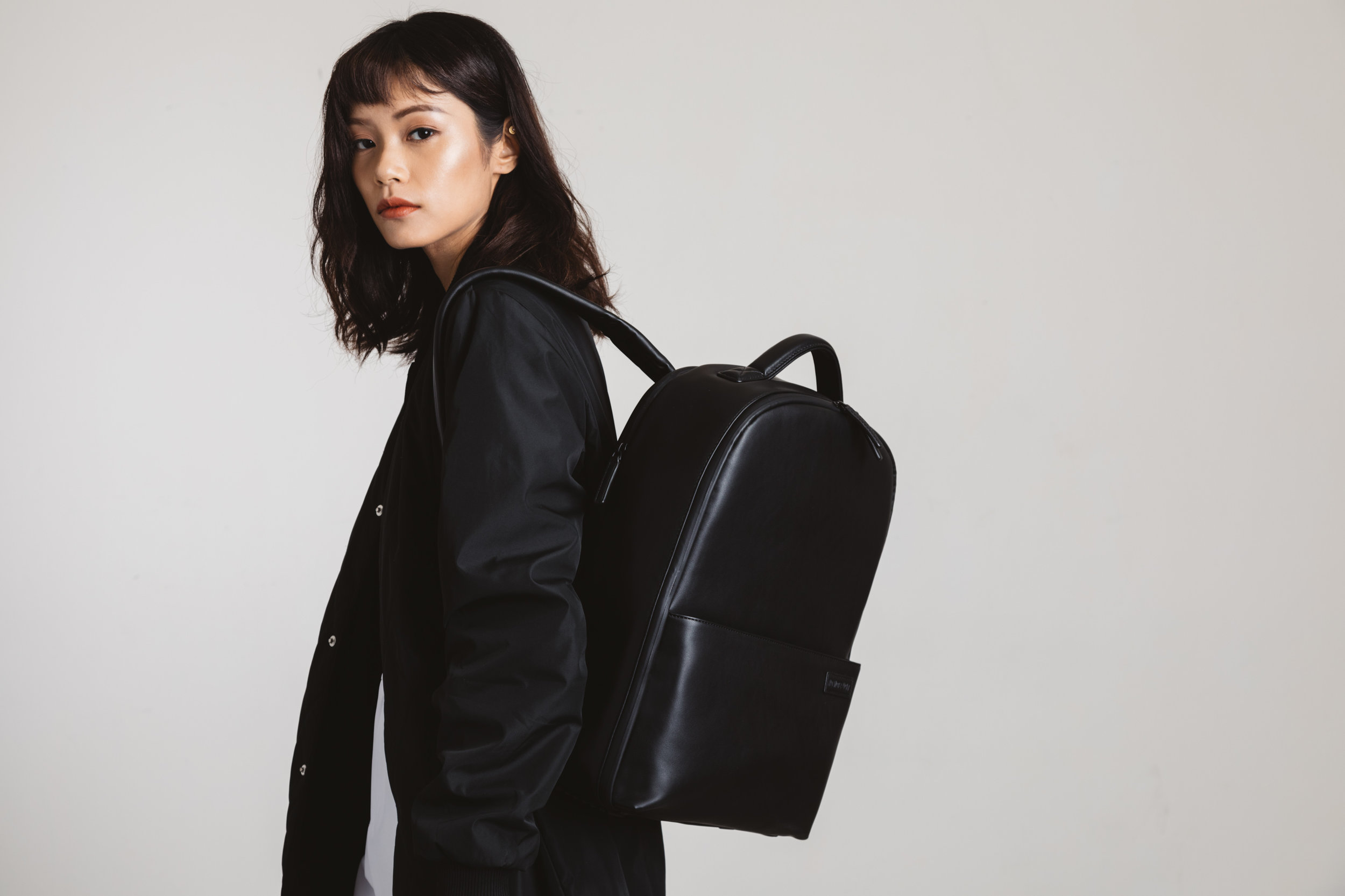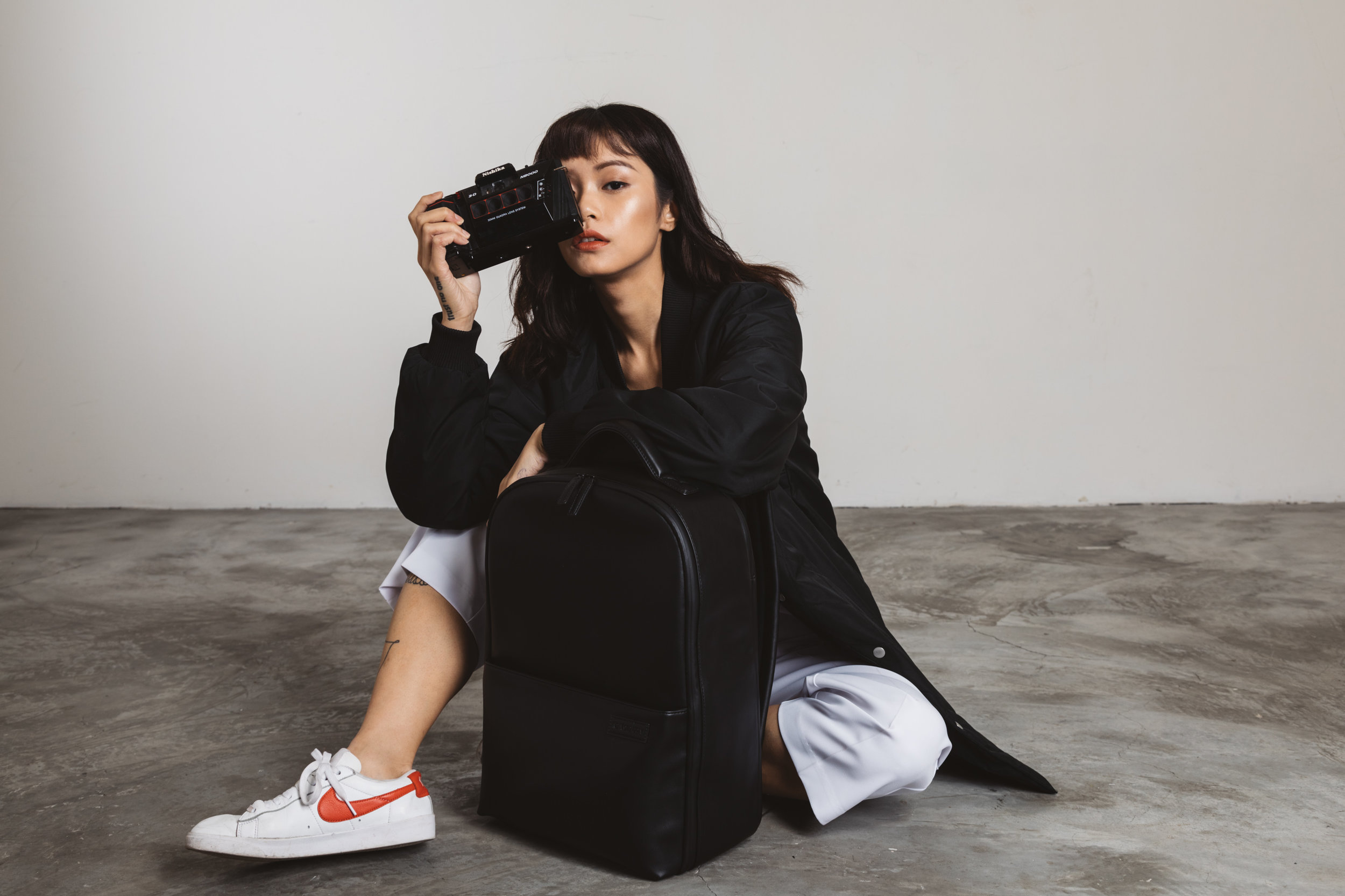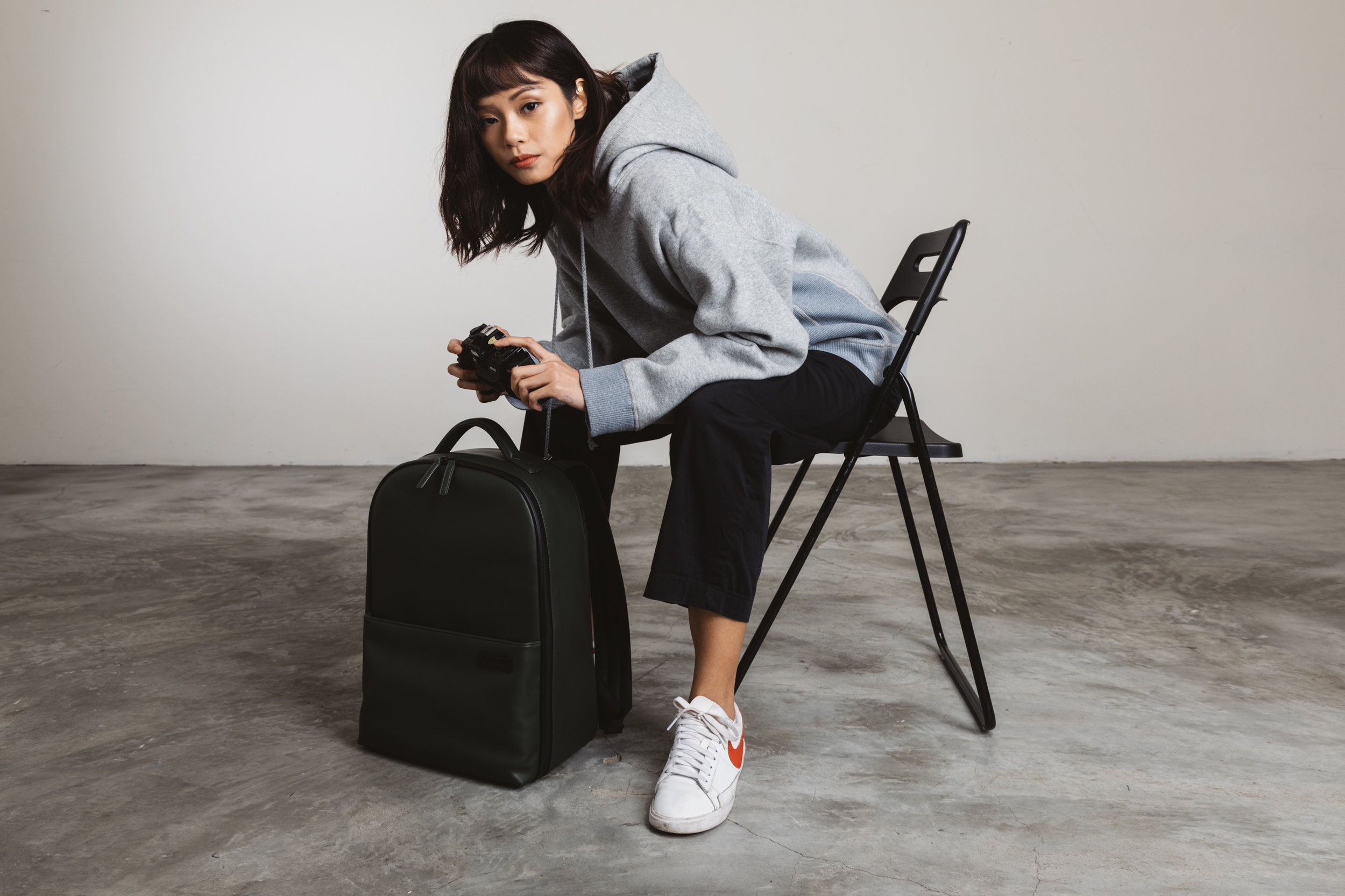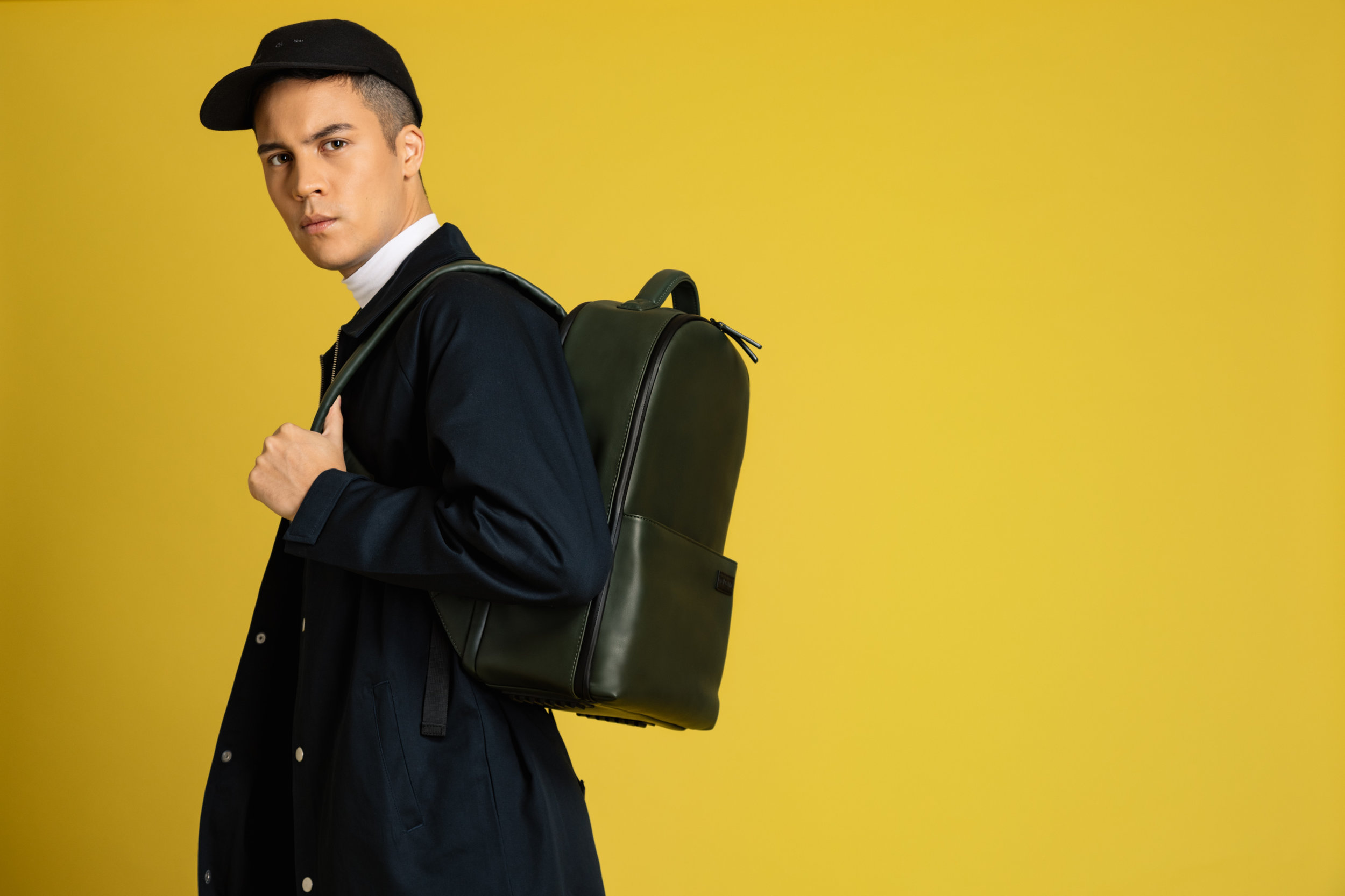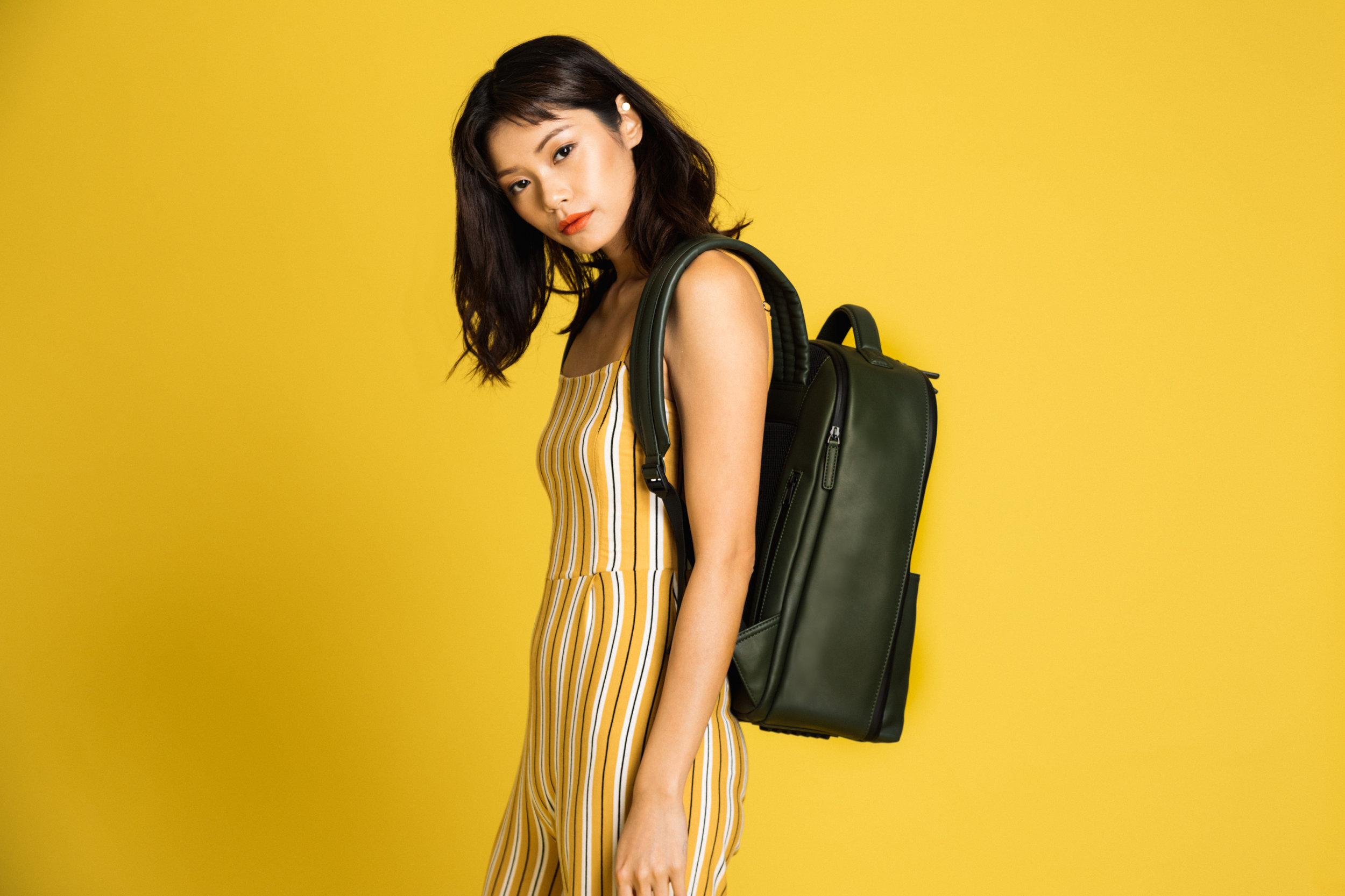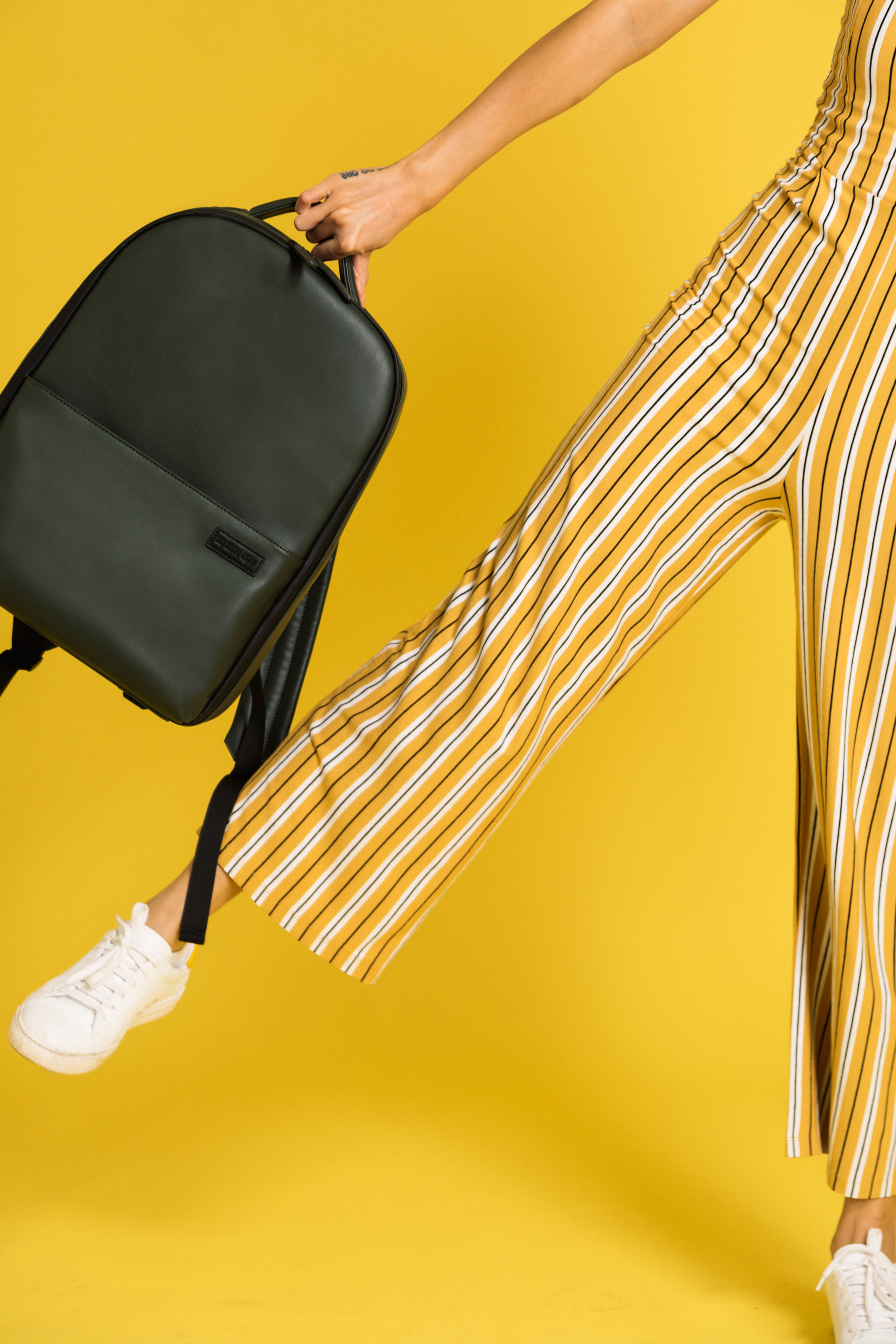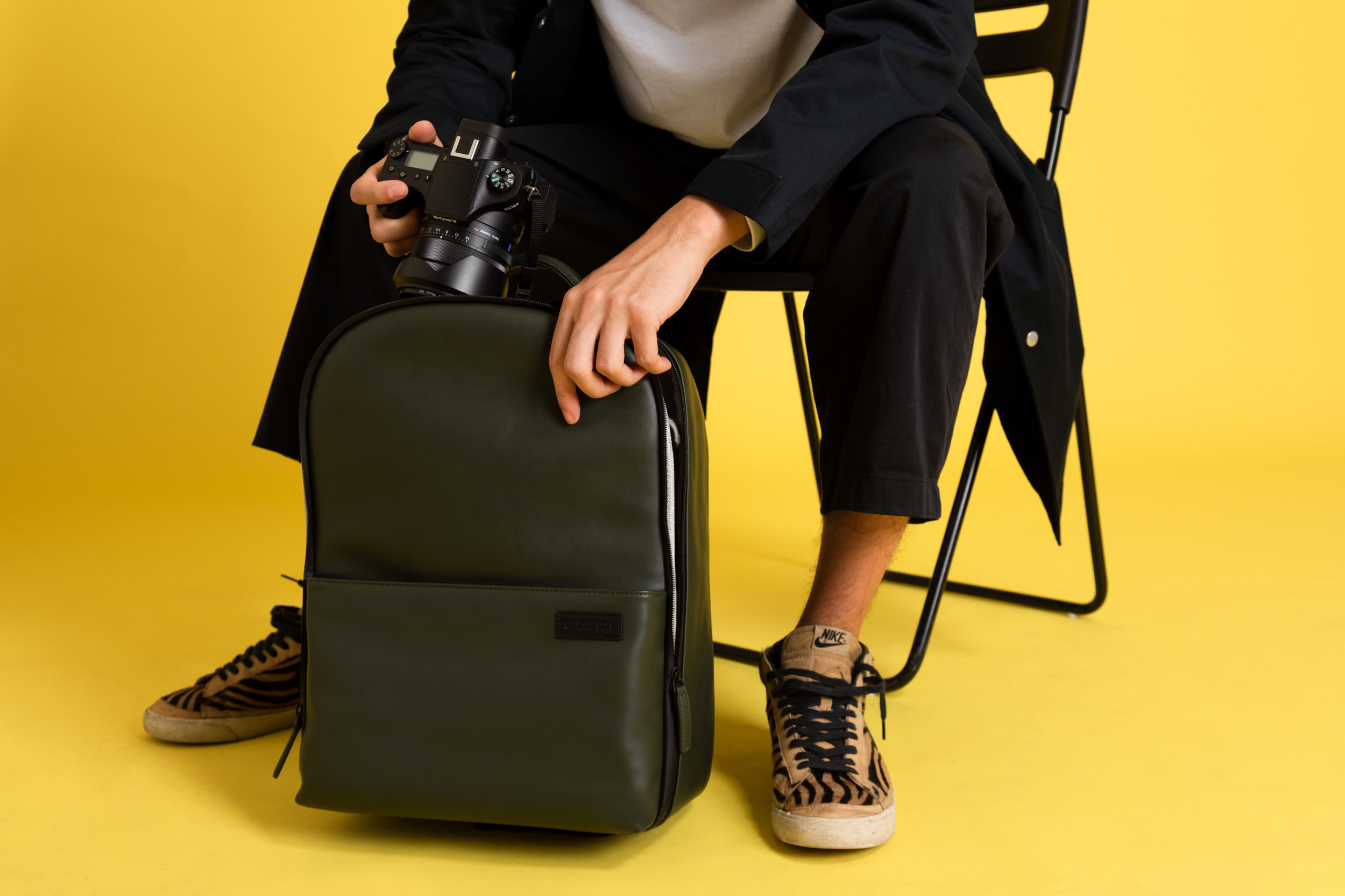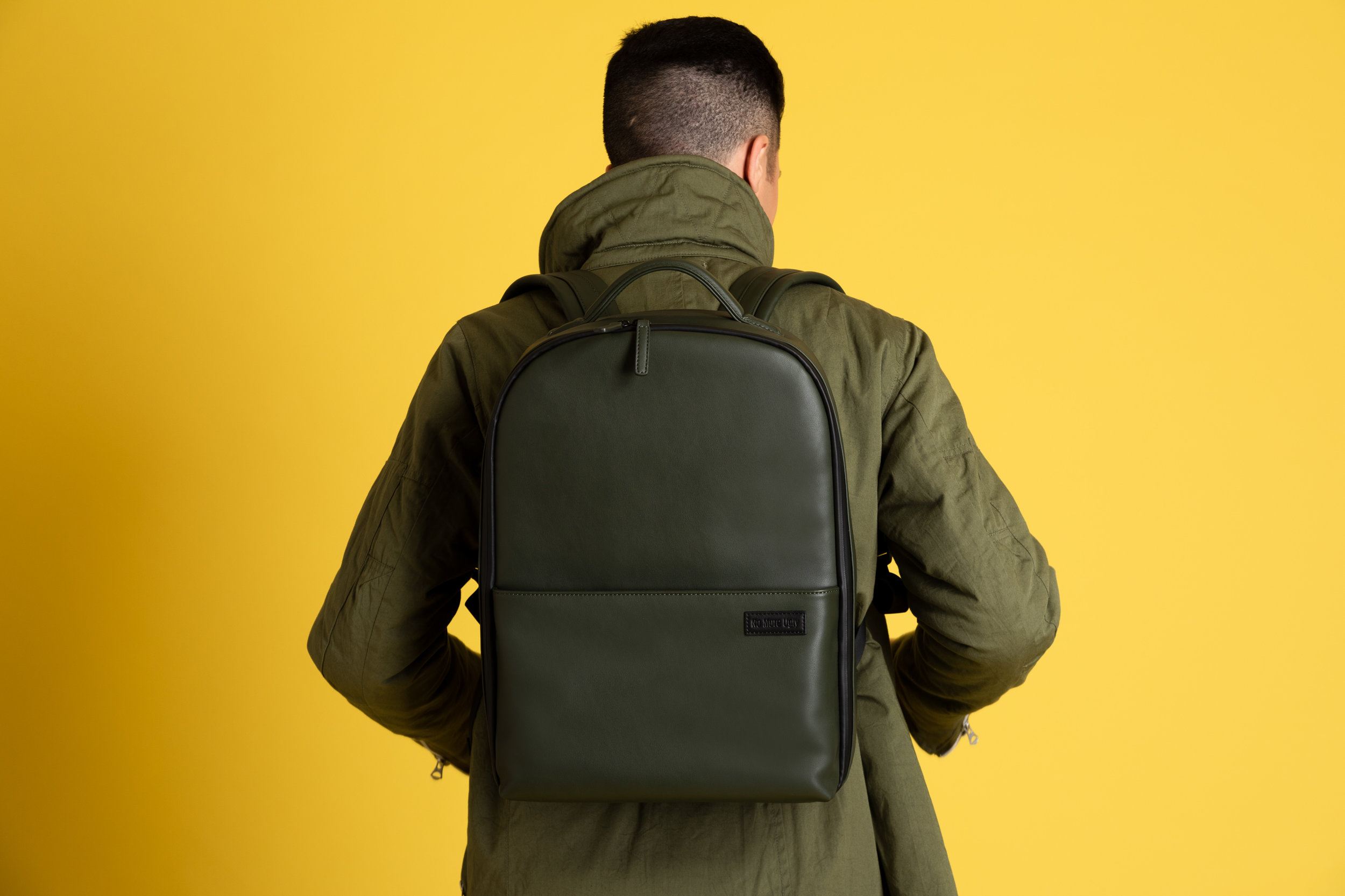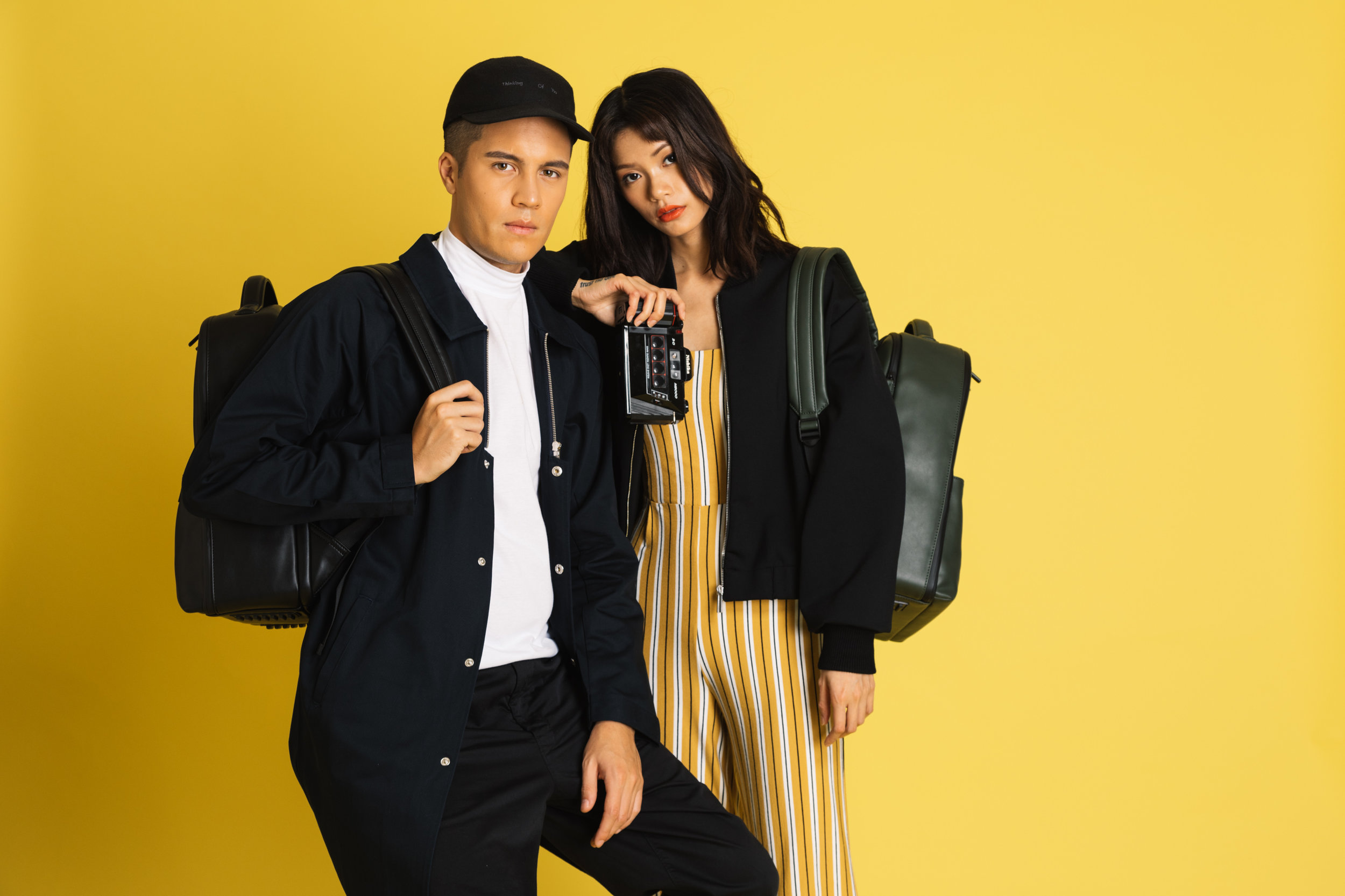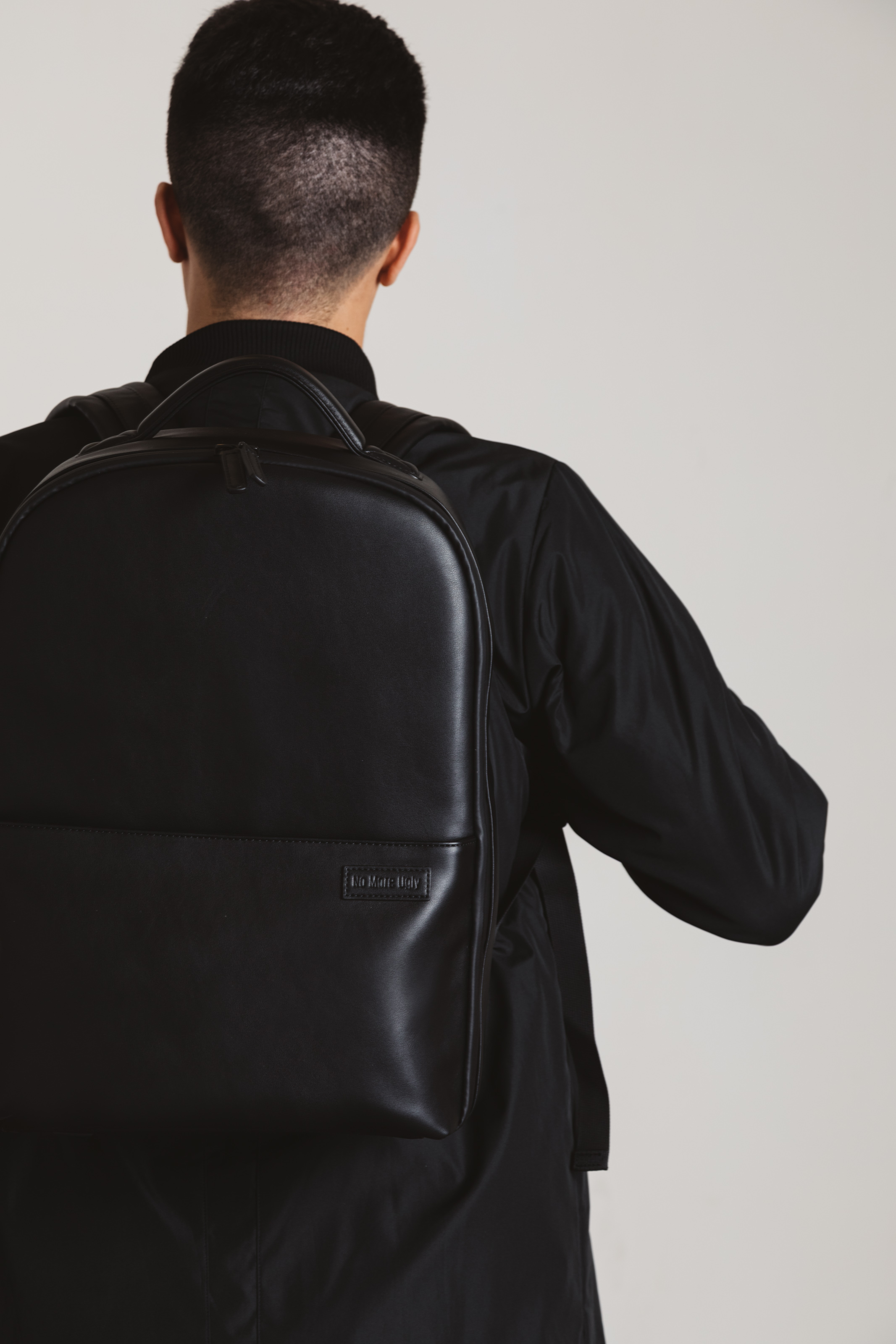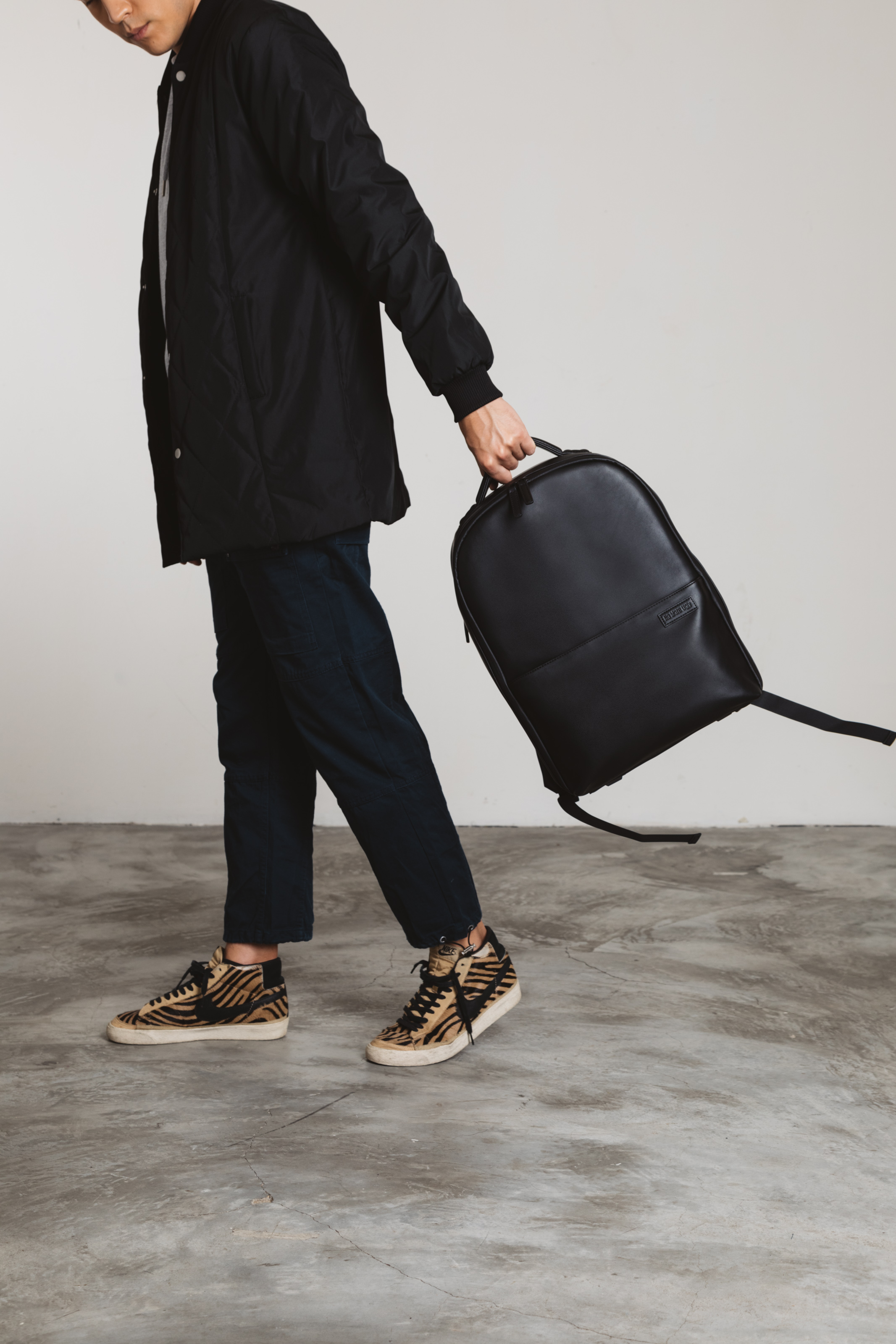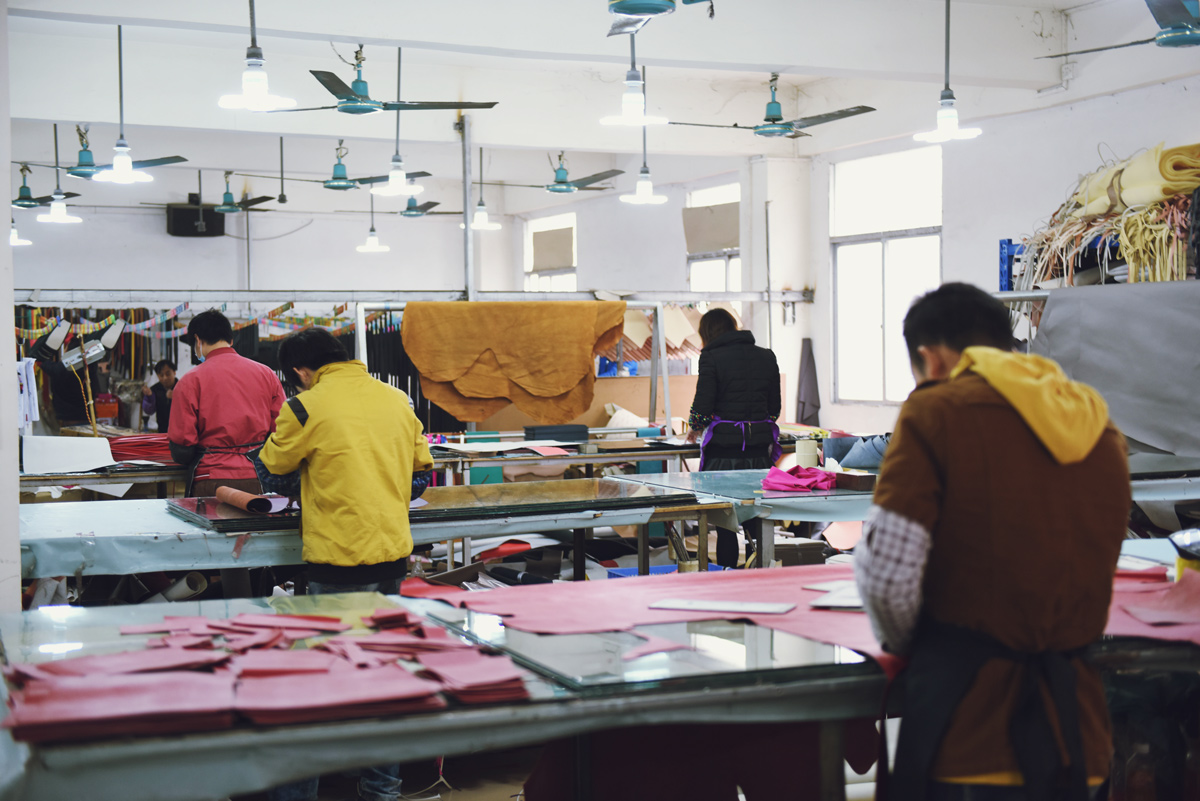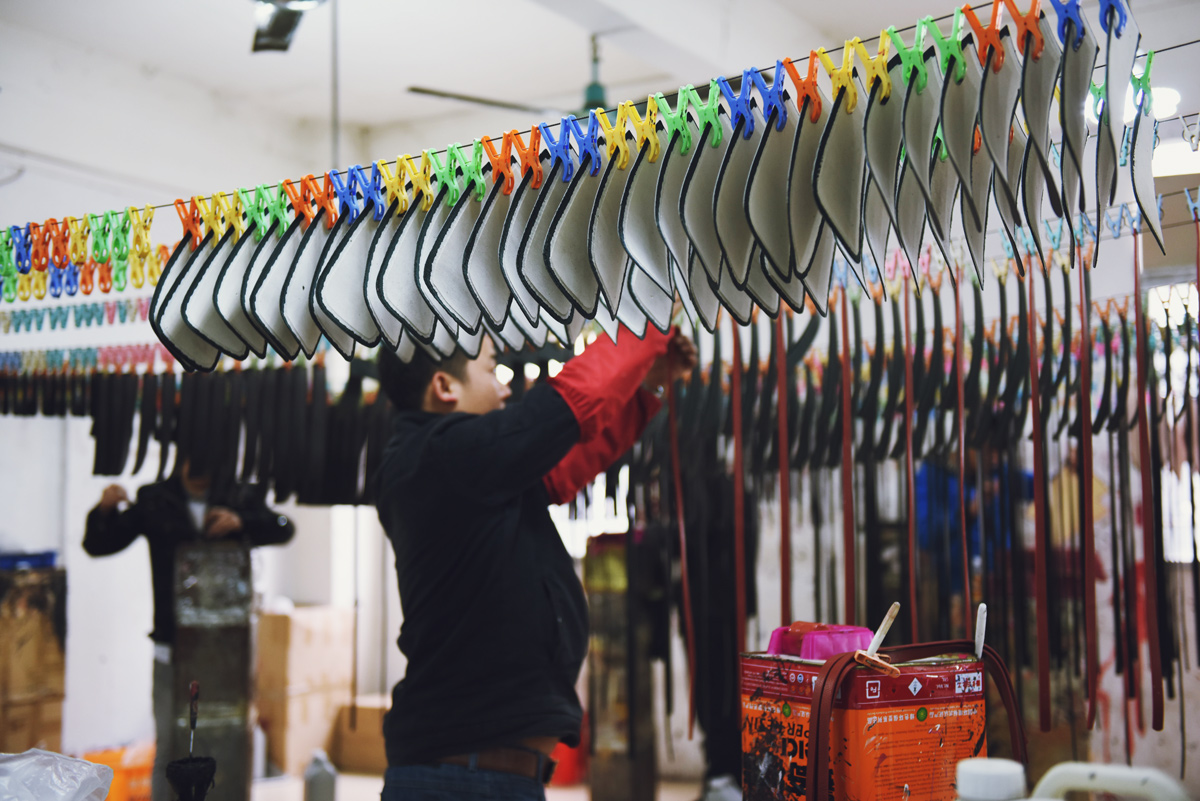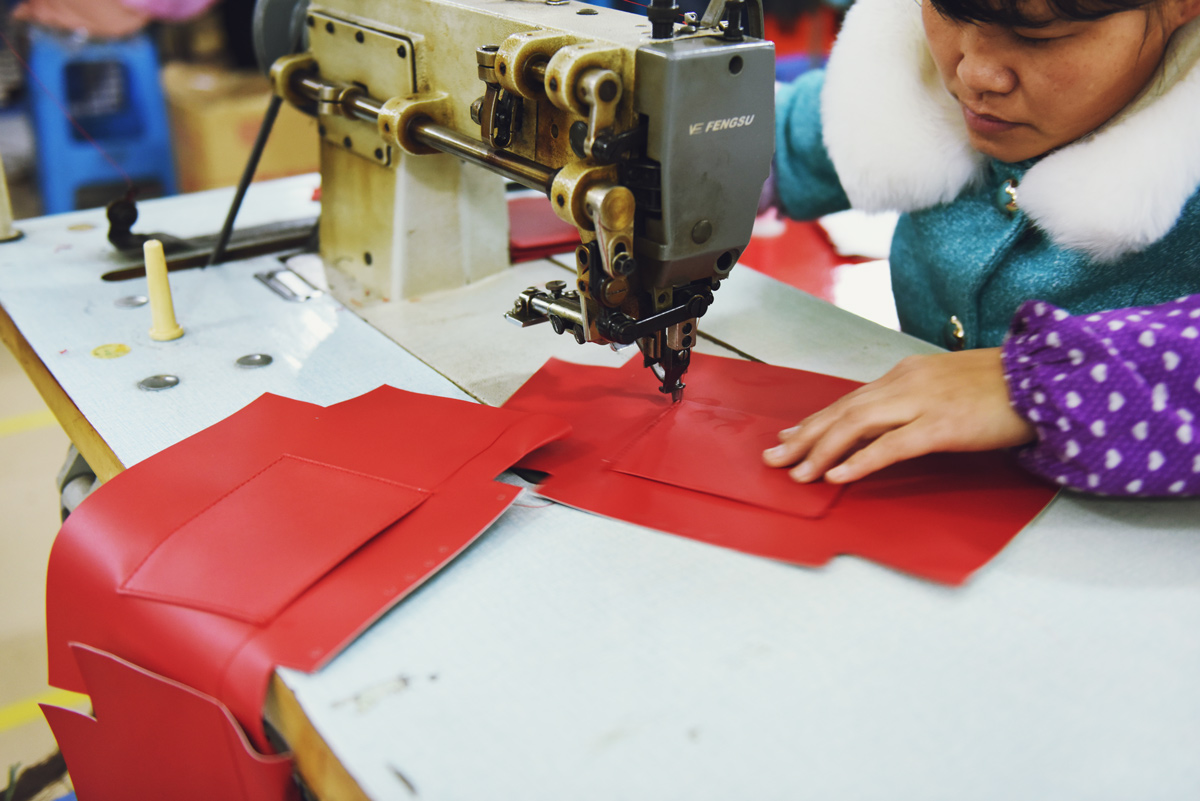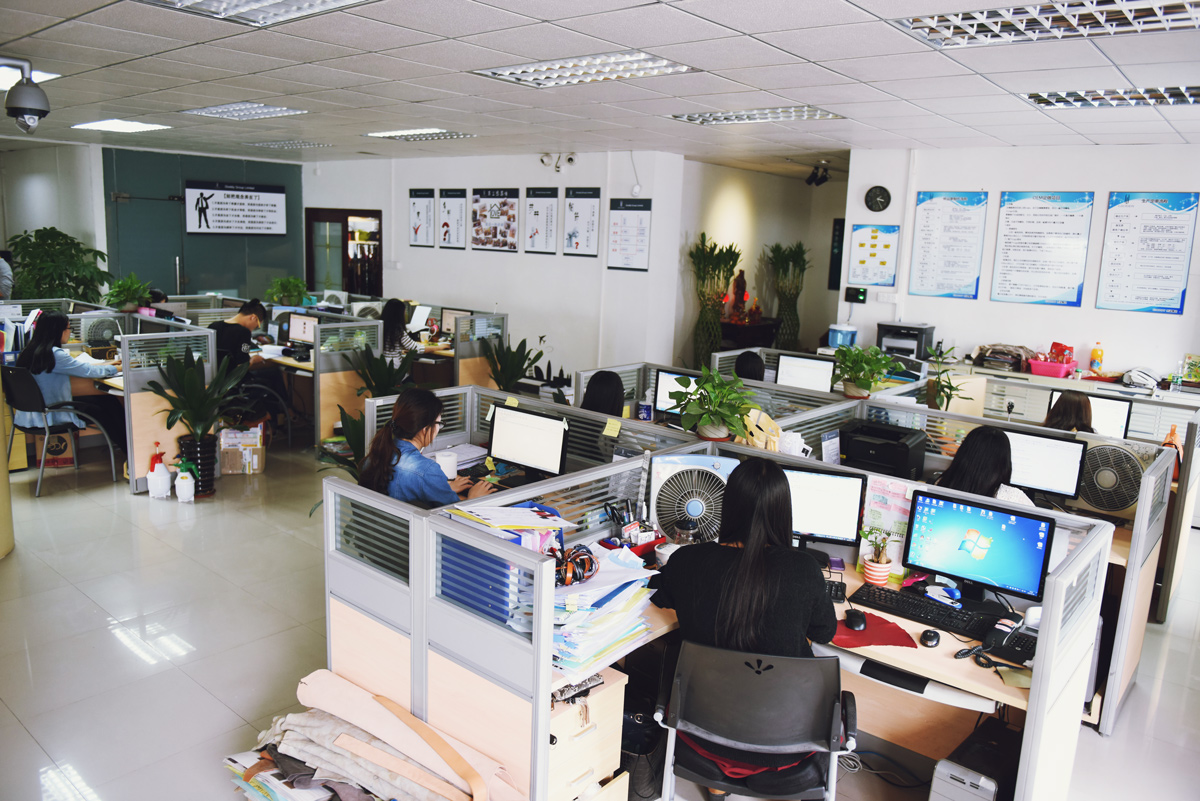Ridding the world of ugly
one thing at a time
NO MORE UGLY
No More Ugly is a live online brand founded in 2013. Have a look at the live site here.
Overview
Founded in 2013, my mission was to rid the world of ugly one thing at a time, starting with camera bags. I created the business out of my own frustration at the lack of camera bags in the Australian market that were both stylish in design and affordable.
What was the challenge?
Creating a product that was stylish and served the function of a camera bag that appealed to customers
Differentiating our brand from large photography brands and gaining the trust of new customers.
My Role: Product development, branding, website design and build, marketing, sales.
Who’s the customer? The fashion conscious, and the traveller.
What was the outcome?
Launched first backpack design in 2017
Sold out of one colourway in 2018
Developing second iteration of backpacks in 2019
From concept to implementation, here’s a look into the business and design process in creating No More Ugly.
The Business Challenge
The camera accessories market was dominated by big brands like Canon, Lowepro and Thinktank. The challenge was to create a boutique brand that changed the traditional perception of camera accessories and the way you travel with your camera. We needed to differentiate ourselves from larger brands and gain the trust of new customers.
The Market Problem and Gap I discovered:
There is a gap in the market for stylish, affordable camera bags.
Stylish camera bags are too expensive.
There’s not enough choice for stylish camera bags.
Traditional camera bags look touristy.
Who’s the potential customer?
Since the product is relatively niche, it wasn’t difficult to narrow down to two target profiles.
I selected these two personas as the main targets which gave me clarity when developing a message that connected with the final customer.
The fashion conscious
“I can’t find a camera bag that matches my outfit and is affordable.”
The traveller
“All the camera bags out there make me look like a tourist when I’m travelling and I can’t blend in like a local.”
Product development process
“My vision was to design something that was sophisticated, didn’t look like a camera bag and can be worn with any outfit.”
Designing the shopping experience
Responsive website design
Platform: Shopify
To build the ecommerce website, I used Shopify due to its ease of use and integrations with many third party extensions. The platform also has a strong support forum which is useful for any issues.
Goals:
Create a fluid shopping experience for the user
Make it easy to gather information about the product and proceed to purchase
Communicate the brand personality and mission clearly
Website audit and paper sketches
Desktop homepage and product paper sketches
Sitemap
I wanted the home page to reflect a landing page, allowing plenty of opportunity for the user to click into the product page and learn more.
User interface design - final website
Desktop homepage design.
Desktop design - click to watch
Product page mobile design.
Heatmap testing
Using the Hotjar heatmapping software, I was able to gather insight into the scrolling and tapping behaviour of 1000 users. It shows that most users make use of the hamburger menu to go directly where they’d like to go. Users also tend to go directly to the product as shown in the clicks on the hero image shop button and classic black button. It was important to establish the brand personality above the average fold using a clear message and strong image.
Responsive mobile design - heatmap analysis
Learnings
Building this business from scratch has been an incredible learning experience. I’ve had the opportunity to work with dozens of creatives, talents and fellow business owners who have helped and supported the brand. I’ve learnt the importance of persistence and asking for help. The most important thing however, is execution. If we don’t take action, test things and learn from that, we would not progress.
Continue reading for more on branding
Brand strategy
I created this brand with a mission to rid the world of ugly one thing at a time. The meaning of ‘ugly’ goes beyond an aesthetic meaning. The true purpose is to enable the freedom to create and do meaningful work, to empower creatives to do what they love and eliminate the ‘ugly’ in life (which can be interpreted differently for everyone).
This ‘brand on a page’ identifies the values, personality, mission and proposition of the brand.
Moodboard - I used a moodboard for aesthetics and style direction. The colour palette is neutral and the graphics are bold and contemporary.
Brand imagery
It was important for me to bring the brand to life through a series of images that had the right balance of fashion and function. I’ve experimented with lifestyle photography and product photography that showed both the fashion aspect of the brand and what it can actually carry in terms of gear.
With this in mind, I planned, produced and photographed a lookbook series that was unisex and fashion focused, to create an urban street fashion feel. These images were used for the website.
TEAM
Photographer: Tina Lee
Models: @vanillachristy, @tianmacleodji
Stylist: @carlo_carlo
MUAH: @shensapphire
Location: Hong Kong
Where are the bags made?
FACTORY: GUANGZHOU BAIYUN GIODDY LEATHER BAG FACTORY
LOCATION: GUANGZHOU, CHINA
ESTABLISHED: 2006
I got in contact with three factories in China and set up meetings with them. I visited Guangzhou in 2017 and decided to work with Gioddy bag factory.
I sampled 4 colour ways and decided on two colours for production. I wanted to keep the colour ways and product styles streamlined so I could receive initial feedback from the market and keep logistics and warehousing costs low.
Opportunities
CAN Circular Design be integrated into the business?
A vision of mine is to integrate Circular Design practices into the business similar to Patagonia. This could be done through offering lifetime repairs and sourcing recycled materials that are durable and long lasting.



